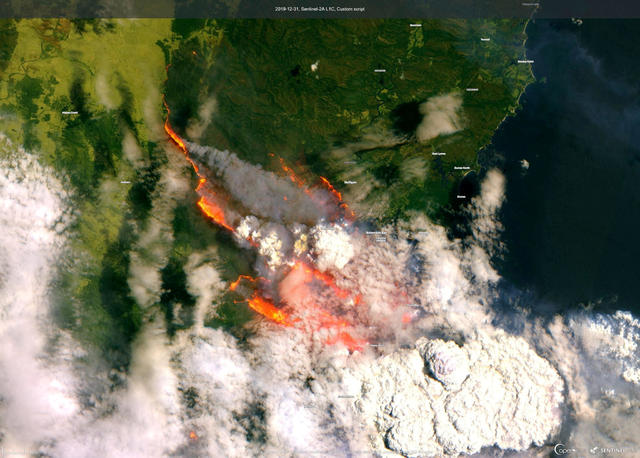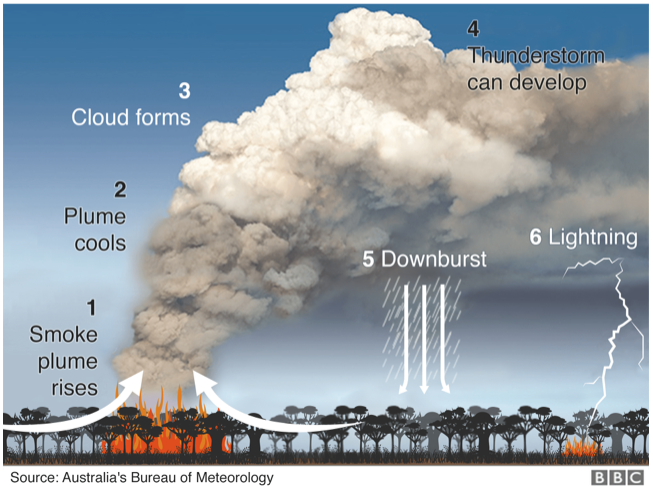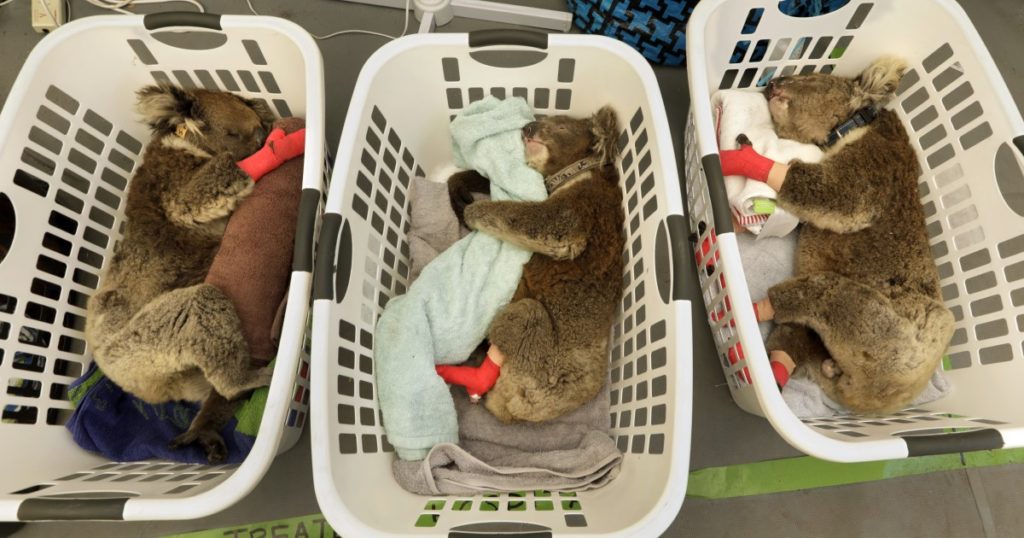Did you know wildfires, like the recent fires in Australia, can grow so massive that they create their own weather systems? A wildfire that creates its own weather system is so strong that it overpowers any other weather conditions in the area. Most wildfires are pushed along by wind. However, wildfires of great scale begin to collect smoke above them rather than pushing it to the side. Eventually, it forms a plume above the fire. As the plume cools it forms pyrocumulonimbus clouds.
Pyrocumulonimbus clouds, also known as firestorms, are formed when smoke, heat, and moisture combine and enter the stratosphere. Pyrocumulonimbus clouds are anvil shaped storm clouds that follow a wildfire. NASA refers to them as, “the fire-breathing dragon of clouds.”
Firestorms have incredibly strong winds that throw embers in all directions. “When you get a decent thunderstorm, the rain comes from all directions. Now imagine the same for embers, ” says Associate Professor Sharples from the University of New South Wales. The embers, coupled with intense lightning, accelerates the spread of the fire. In New South Wales, Australia, fire officials estimated embers were being launched 18 miles in front of the fire. Firestorms are uncontrollable because they don’t follow the rules of typical wildfires. They contain so much force and energy that they have their own weather systems with extreme behavior.
Australian experts estimated roughly 60 firestorms have happened since 2001. Eighteen of those firestorms took place in March of 2019. Firestorms drastically change the biodiversity of an area. For example, the Australian wildfires have made scientists concerned for many species like pygmy possums, Kangaroo Island dunnarts, and glossy black cockatoos. It is estimated that over 1 billion animals have perished in the Australian wildfires. In New South Wales alone, it is estimated 8,000 koalas were lost. Experts predict that koalas (among other species) are now in danger of extinction.


For those animals that survived the wildfire, resources are scarce. Their food sources have been reduced to ashes. Important vegetation has been wiped out, and water sources are contaminated. When it finally rains after a fire, ash, soot, and dead vegetation clog streams, dams, and water supplies, which leads to a growth in algae and bacteria. On a larger scale, smoke from fires increases the amount of carbon dioxide in the atmosphere. It is estimated that the Australian wildfires alone have emitted an extra 400 million tons of carbon dioxide into the atmosphere. That is nearly the same amount the country released in all of 2019 from human sources. Additionally, soot from the fires was reported as far away as New Zealand.

It’s crucial to research and protect the pockets of wildlife that are left over from firestorms of this scale. Although it is currently unclear how many of each species remain in the wild, scientists are engaging in conservation efforts. Also, experts are currently estimating the effects on native plants, the biodiversity of Australia, and the environment as a whole.
Learn how you can help wildlife and people who have been affected by the Australian wildfires here.
https://www.bbc.com/news/world-australia-50383800
https://www.bbc.com/news/world-australia-51102658
https://www.nasa.gov/topics/earth/features/pyrocb.html
Written by Christa Fryling

